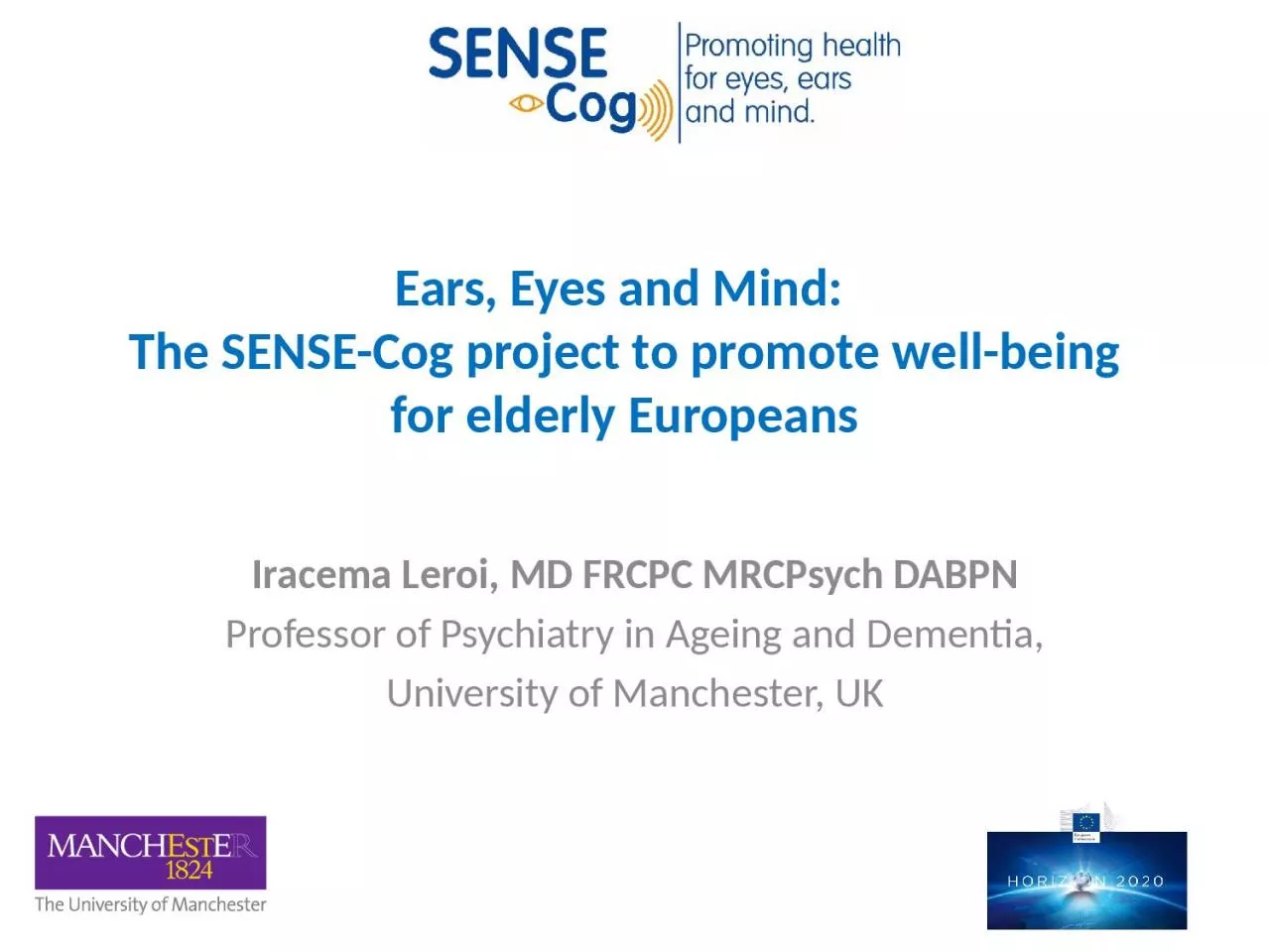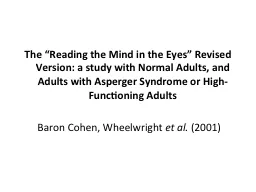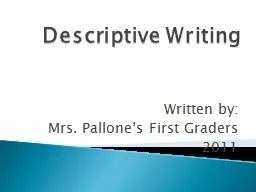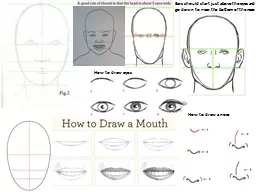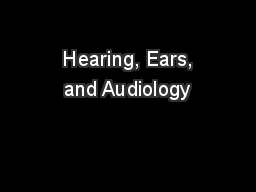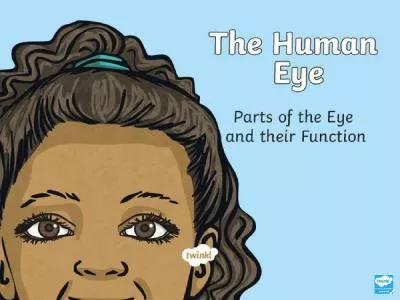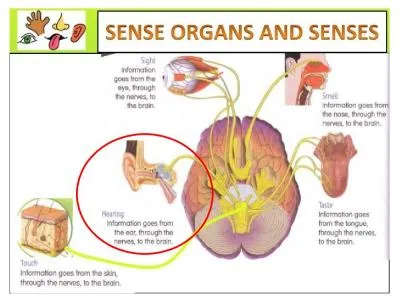PPT-Ears, Eyes and Mind: The
Author : FuzzyWuzzyBear | Published Date : 2022-08-01
SENSECog project to promote wellbeing for elderly Europeans Iracema Leroi MD FRCPC MRCPsych DABPN Professor of Psychiatry in Ageing and Dementia University of Manchester
Presentation Embed Code
Download Presentation
Download Presentation The PPT/PDF document "Ears, Eyes and Mind: The" is the property of its rightful owner. Permission is granted to download and print the materials on this website for personal, non-commercial use only, and to display it on your personal computer provided you do not modify the materials and that you retain all copyright notices contained in the materials. By downloading content from our website, you accept the terms of this agreement.
Ears, Eyes and Mind: The: Transcript
Download Rules Of Document
"Ears, Eyes and Mind: The"The content belongs to its owner. You may download and print it for personal use, without modification, and keep all copyright notices. By downloading, you agree to these terms.
Related Documents

